School bells and tannoys have been a staple of the traditional school experience for decades, signaling the start and end of classes and other activities. However, from a Montessori perspective, these methods of signaling transitions and imposing a rigid schedule can be disruptive to children’s learning and development in several ways.
- Interrupted Concentration
The ringing of school bells can disrupt a child’s concentration, which is essential for effective learning. A sudden and loud noise can pull a child out of their focus and make it harder for them to get back on track. This is especially true for children with attention deficit issues or those who are highly sensitive to environmental stimuli.
- Stressful Environment
The sudden and loud ringing of school bells can create a stressful environment for children, which can hinder their ability to learn and develop. Children may feel anxious or overwhelmed by the sudden noise and may have a harder time concentrating or engaging in deep learning.
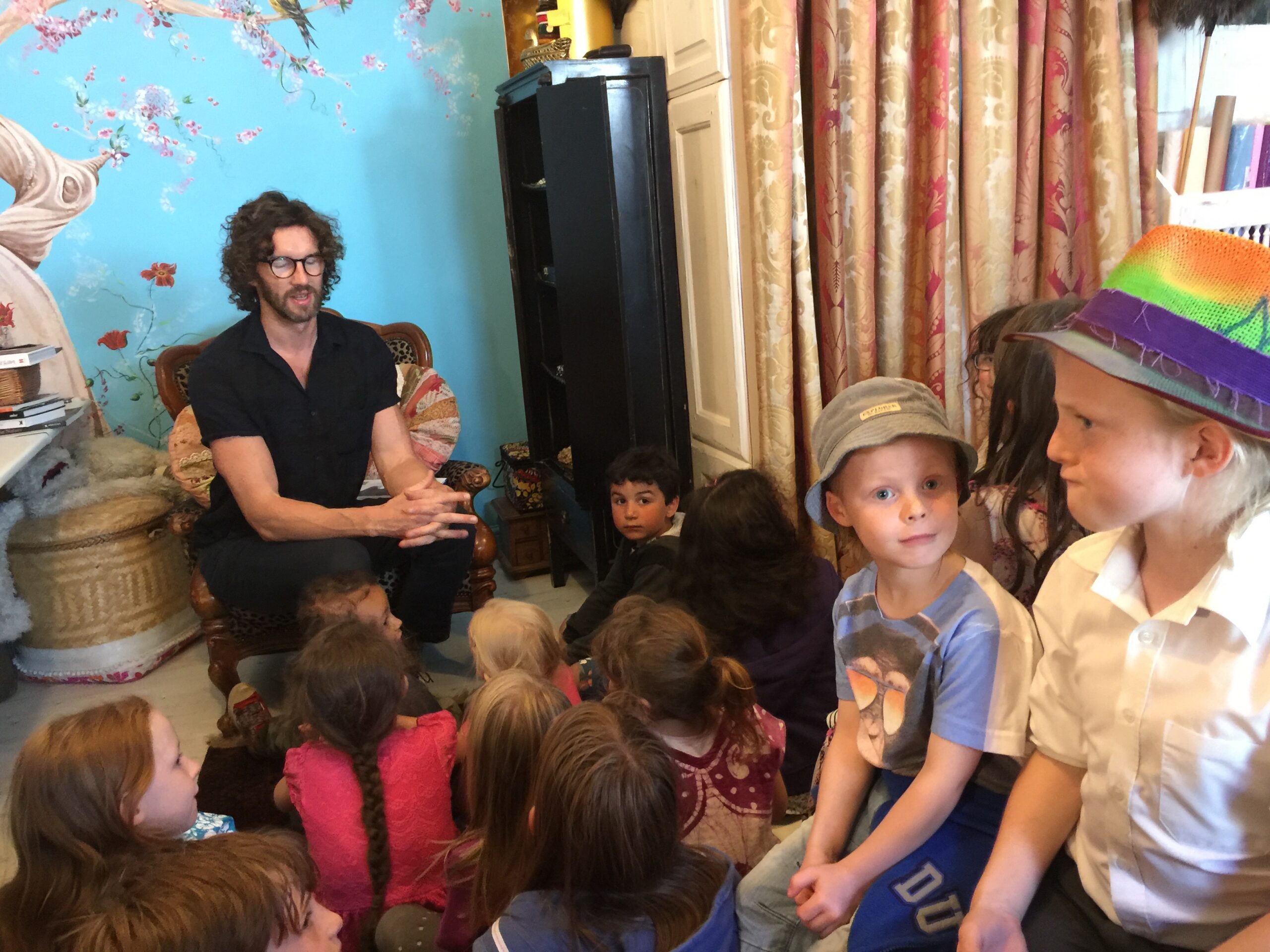
- Disruptive Transitions
School bells are often used to signal transitions from one activity to another. However, these abrupt changes can be disruptive to a child’s focus and create unnecessary stress. Children may be in the middle of a task when the bell rings, and the sudden shift in focus can be disorienting and make it harder for them to stay on task.
- Limited Independence
The use of bells and tannoys can limit a child’s independence and autonomy. Montessori believes that children should be encouraged to take ownership of their learning, and the rigid structure imposed by school bells and tannoys can hinder their progress. Children may become too reliant on external cues and have a harder time developing their own internal motivation.
- Unnatural Cues
The ringing of school bells is not a natural cue for a child’s body or mind. Montessori believes in using natural cues, such as hunger or fatigue, to guide a child’s learning and development. Children may be more in tune with their own internal cues than with the arbitrary ringing of a bell, which can create a mismatch between their needs and the external schedule.
- Overstimulating Environment
Children with sensory processing issues may find loud noises and overstimulating environments overwhelming, making it difficult for them to learn and develop. Montessori classrooms are designed to be calm and peaceful, which can help children with sensory sensitivities feel more comfortable and focused.
- Inhibiting Individuality
The use of bells and tannoys can inhibit a child’s ability to express their individuality and creativity. Montessori believes in creating a learning environment that encourages children to explore and develop their unique talents and interests. The use of a rigid schedule imposed by school bells and tannoys can limit their creativity and hinder their ability to express themselves fully.
- Environmental Sustainability
The use of loud and disruptive school bells and tannoys can be harmful to the environment and contribute to noise pollution. Montessori believes in promoting environmental sustainability and minimizing the negative impact on the planet. Using alternative methods to signal transitions or relying on natural cues, such as sunlight, can be a more environmentally friendly approach.
- Artificial Control
The use of bells and tannoys can be seen as a form of artificial control over a child’s learning and development. Montessori believes in fostering intrinsic motivation and self-directed learning. Children may be more motivated to learn and explore when they feel a sense of ownership over their own learning process.
- Challenging for Children with Learning Needs
Children with learning needs may require a more personalized approach to learning, with individualized attention and flexibility in their schedule. The rigid structure imposed by the use of school bells and tannoys can be disruptive to their learning needs and hinder their progress. Children may benefit from a more flexible and personalized approach to scheduling and transitions, which can better accommodate their unique needs and abilities.
In conclusion, the use of school bells and tannoys can be disruptive to children’s learning and development from a Montessori perspective. The loud and abrupt noises can interrupt concentration, create a stressful environment, and limit children’s independence and individuality. Instead of relying on these traditional methods, schools could consider using alternative approaches that are more conducive to children’s learning and well-being. Here are three possibilities:
- Use of natural cues: Instead of relying on artificial cues like school bells, educators can incorporate natural cues such as daylight, hunger, or thirst to signal transitions or activity changes. This approach can help children develop a better understanding of their own needs and become more in tune with their own internal rhythms.
- Flexible scheduling: Instead of relying on a fixed schedule, schools can adopt a more flexible approach that allows for individualized attention and accommodates the needs of children with learning differences. This approach can give children more agency over their own learning process, which can lead to greater engagement and motivation.
- Quiet transitions: Instead of using loud bells or tannoys to signal transitions, schools can use quieter, more gentle methods like music, chimes, or a gentle voice. This approach can create a more calming and peaceful environment, which can promote focus, concentration, and learning.
In summary, while school bells and tannoys may seem like harmless and necessary fixtures of the traditional school experience, their use can be detrimental to children’s learning and development. By adopting more Montessori-inspired approaches that prioritize individualized attention, autonomy, and natural cues, schools can create a more conducive and fulfilling learning environment for children.


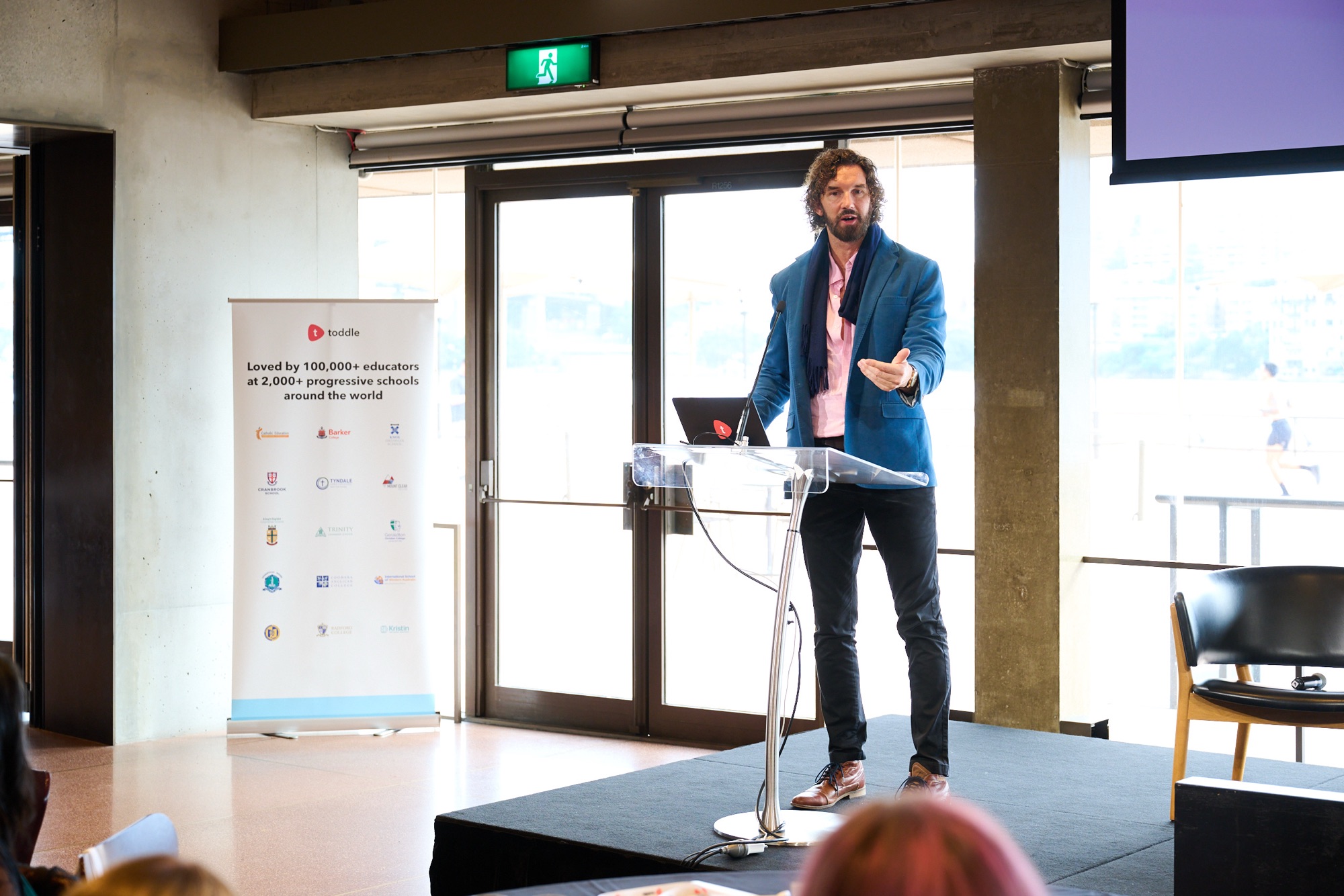
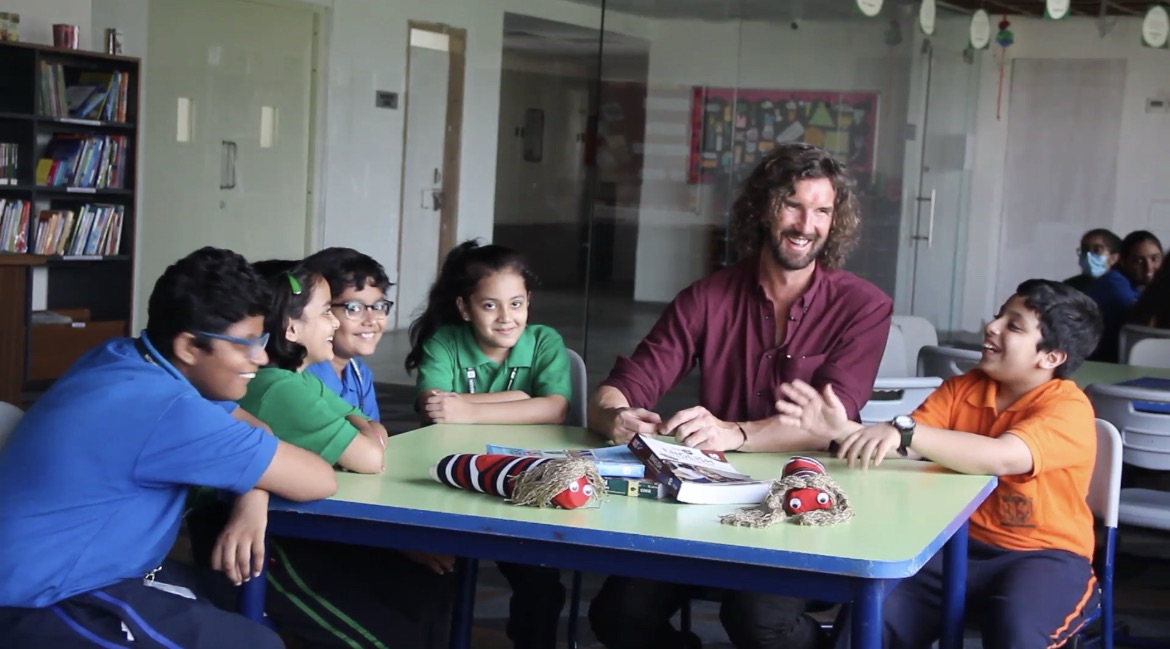

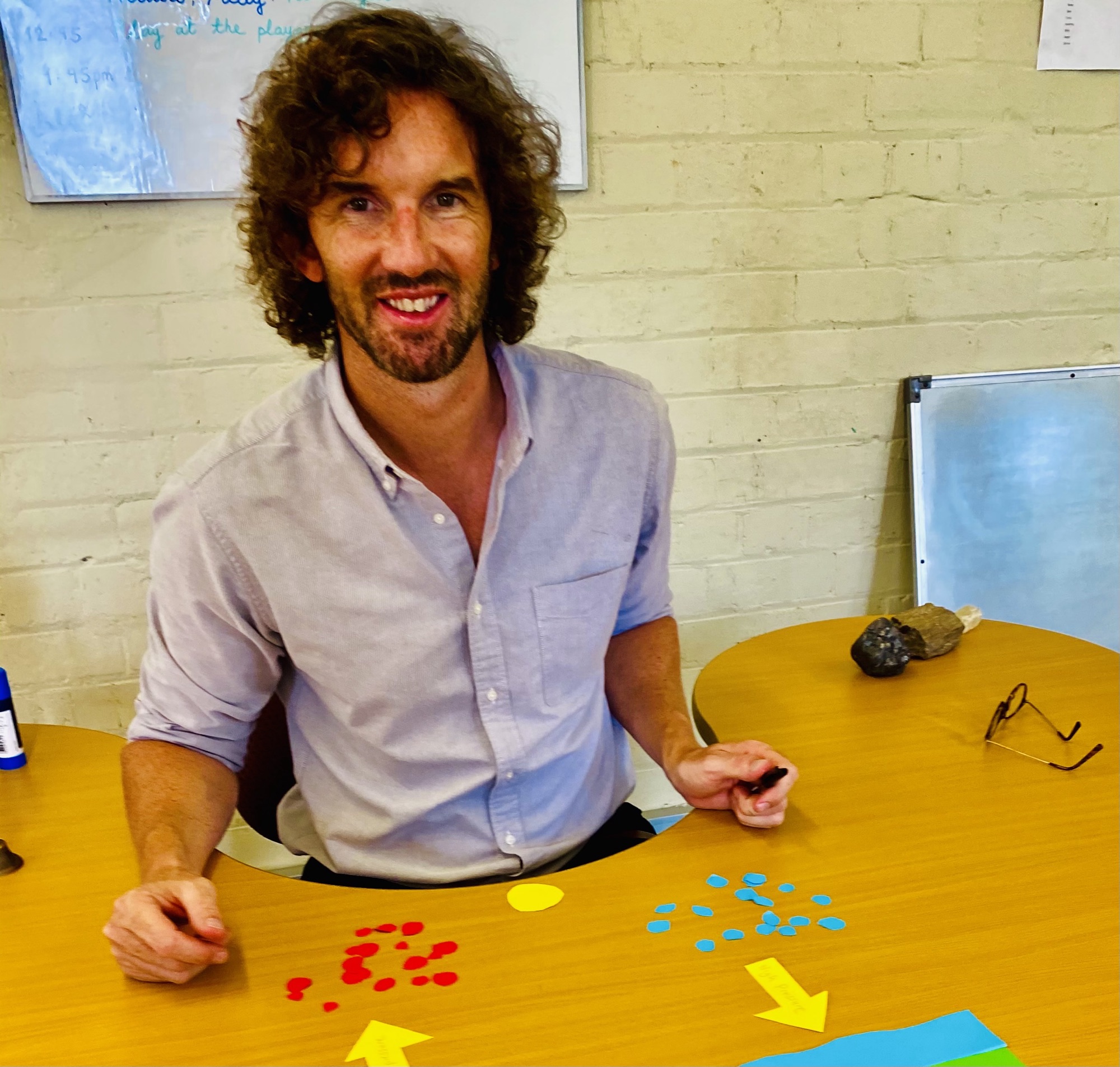


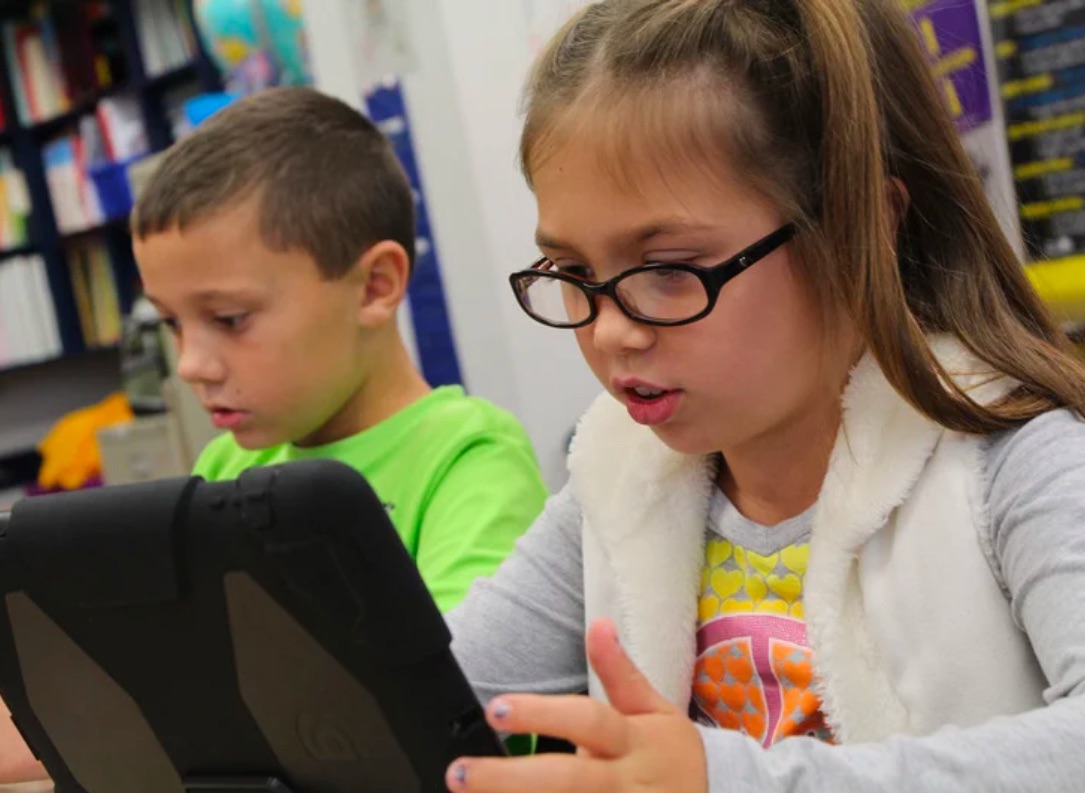
One Response
Aptly said. To bring this thought process of substituting bells or tannoys into a whole system of education needs initiative and acceptance of change in the culture of pedagogy. However, if each one of us who is part of the education system takes a step surely reformation is possible.